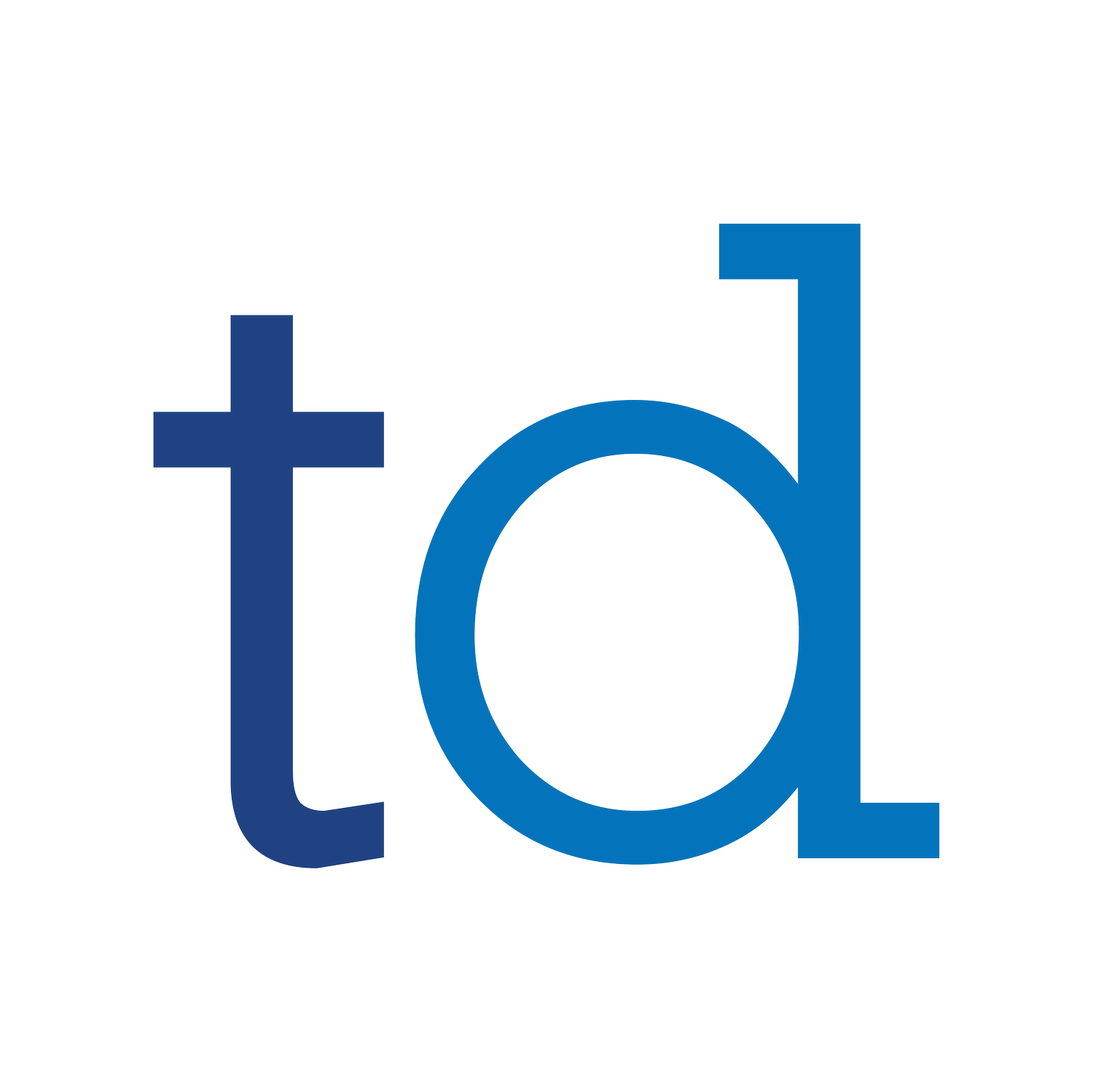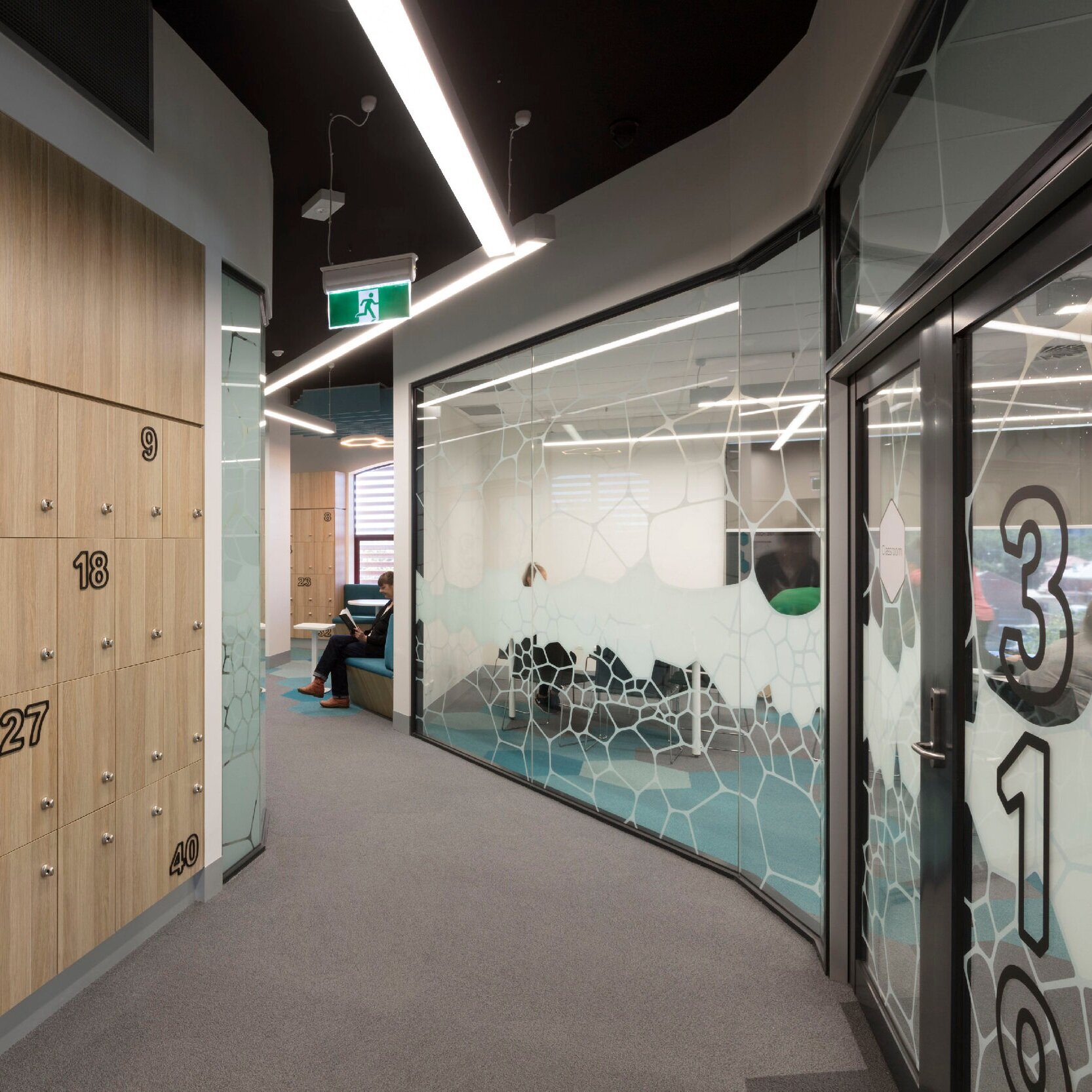Defending Your Data: Understanding and Preventing Visual Hacking
53% of sensitive data is taken directly from observing unprotected computer screens
In today's digital age, protecting sensitive information goes beyond securing online data. Visual hacking, a lesser-known yet equally potent threat, involves the unauthorized capture of confidential information through visual means. From peeking over someone's shoulder to capturing sensitive data displayed on screens, visual hacking can occur anywhere, from coffee shops to corporate boardrooms. In this blog post, we delve into the world of visual hacking, its implications, and effective strategies to safeguard your sensitive information, including the innovative use of Casper Cloaking Film.
What is Visual Hacking?
Visual hacking involves exploiting the human tendency to inadvertently expose confidential information when working in public spaces. It's a form of information theft that occurs through sight, where cybercriminals gather sensitive data by simply observing or capturing screens, documents, or devices.
The Implications of Visual Hacking
The consequences of visual hacking can be severe, ranging from financial losses due to data breaches to reputational damage for businesses that fail to protect sensitive information. Moreover, in industries like healthcare, finance, and legal, visual hacking can lead to compliance violations, regulatory penalties, and compromised client trust.
Preventing Visual Hacking: Strategies that Work
Casper Cloaking Film: An innovative solution like Casper Cloaking Film takes privacy to the next level. It blocks the view of digital screens from unintended observers, ensuring that only authorized individuals can see the content. This advanced technology allows you to maintain an open and collaborative workspace without compromising data security.
Workspace Layout: Position your workstation or device screen in a way that minimizes visibility to passersby. Avoid working with sensitive information in open and crowded areas.
Employee Training: Educate employees about the risks of visual hacking and train them to be vigilant in public spaces. Teach them the importance of locking their screens when stepping away from their desks.
Security Awareness: Make visual hacking a part of your overall security awareness program. Regularly remind employees about the potential threat and provide them with practical tips to prevent it.
Physical Barriers: Use physical barriers like cubicles, dividers, or frosted glass to obstruct the view of screens and sensitive information.
Secure Screen Protectors: Consider using secure screen protectors that blur the screen's content when viewed from an angle, rendering it unreadable to unauthorized viewers.
Encryption: Encrypt sensitive information to ensure that even if it's captured visually, it remains unreadable and useless to attackers.
By integrating preventive measures and educating employees about the risks of visual hacking, including the innovative Casper Cloaking Film solution, you can significantly reduce the potential for data leakage and protect your sensitive information from prying eyes. In a world where data breaches are a constant concern, safeguarding your information goes beyond digital protection – it involves raising awareness, implementing physical barriers, and fostering a culture of vigilance.















